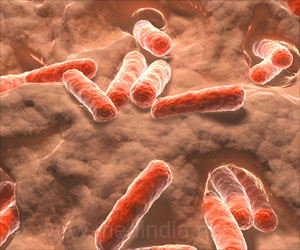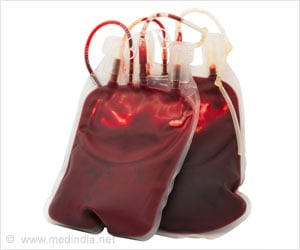Researchers in US have reported detailed molecular snapshots of a deadly gastrointestinal virus, as it is caught in the grasp of an immune system molecule.
Researchers at the Howard Hughes Medical Institute in the US have for the first time reported detailed molecular snapshots of a deadly gastrointestinal virus, as it is caught in the grasp of an immune system molecule with the capacity to destroy it.
The researchers say that these images may help scientists design a more effective vaccine against rotavirus, a lethal infection that kills more than 500,000 children worldwide each year.The discovery comes just days after the World Health Organization recommended that rotavirus vaccination be included in all national immunization programs worldwide.
During the study, the researchers mapped the structure of an antiviral antibody clamped onto a protein called VP7, which stipples the surface of rotavirus.
Their structural map reveals intimate new details about how the antibody interferes with VP7, a protein that helps the virus infect cells.
The researchers say that the information may be useful in designing a new generation of rotavirus vaccines that could be easier to store and administer than current vaccines.
Writing about the study in the journal Science, lead researcher Stephen C. Harrison has revealed that rotavirus assembles a kind of "armour" coating made principally of VP7 and a "spike" protein called VP4, as it matures inside an infected cell.
Advertisement
The researchers point out that the virus' ability to infect cells depends on a critical structural change that quickly removes the coat from the interconnected VP7 proteins -- an event that unleashes the spike protein.
Advertisement
"VP7 sort of closes over VP4 locking it in place like the metal grills that surround a tree planted on a city sidewalk. And it is the loss of VP7 in the uncoating step that triggers VP4 to carry ut its task," said Harrison The detailed structural map of the VP7-antibody protein complex revealed that the antibody neutralizes the virus by preventing the VP7 proteins from dissociating, said Harrison.
"Normally, calcium creates a bridge between VP7 molecules that holds them in place until uncoating. Our structure revealed that the antibody makes an additional bridge, cementing the subunits together, making the virus resistant to the uncoating trigger and preventing it from infecting cells," he said.
Current rotavirus vaccines consist of weakened live virus that triggers the immune system to produce neutralizing antibodies. However, the new structural findings suggest how researchers might engineer a different type of rotavirus vaccine consisting only of immune-triggering protein, said Harrison.
This protein-only vaccine could be made of a chemically linked complex of VP7 molecules that would stimulate the immune system more vigorously to produce anti-rotavirus antibodies. (ANI)
Source-ANI
SRM











